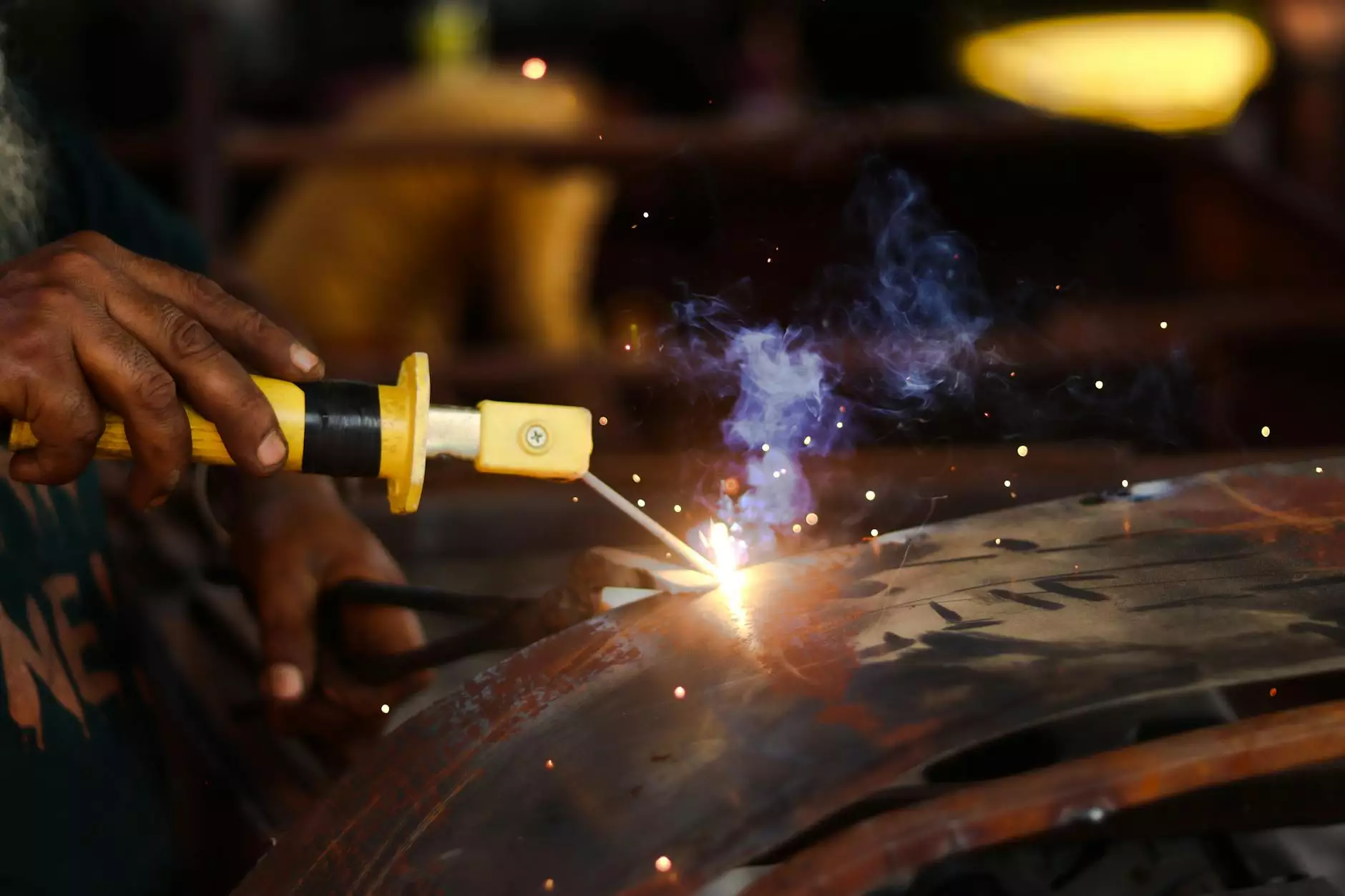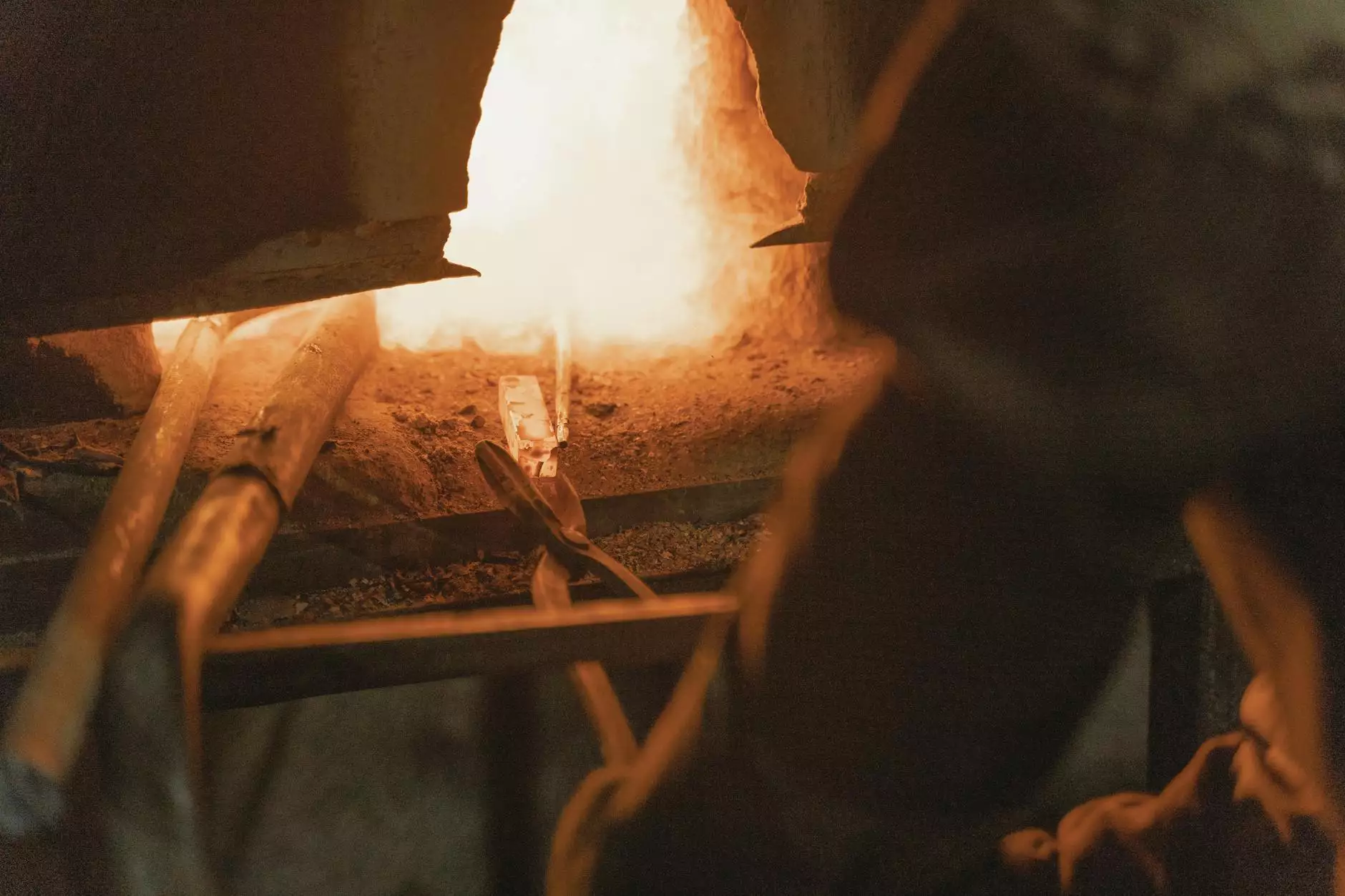Dental Crowns: A Comprehensive Comparison of Zirconia vs Porcelain

When it comes to dental crowns, patients have a range of materials to choose from, with zirconia and porcelain being two of the most popular options. Both materials offer distinct advantages and disadvantages that can significantly affect the final outcome of a dental restoration. This article will delve into the intricacies of dental crown zirconia vs porcelain, helping you make an informed decision regarding your dental health.
What Are Dental Crowns?
Dental crowns are caps placed over teeth to restore their shape, size, strength, and appearance. They are commonly used in the following situations:
- To protect weakened teeth from further damage.
- To restore a fractured or severely worn-down tooth.
- As part of a dental bridge to replace missing teeth.
- To improve the appearance of discolored or misshapen teeth.
The Basics of Zirconia Crowns
Zirconia crowns are made from zirconium oxide, a durable type of ceramic that is known for its strength and aesthetic appeal. These crowns are especially popular among patients looking for both resilience and a natural look.
Advantages of Zirconia Crowns
- Exceptional Strength: Zirconia crowns are highly resistant to fracture, making them ideal for back teeth where biting pressure is greatest.
- Minimal Tooth Reduction: They require less tooth structure to be removed compared to other crown materials.
- Natural Appearance: Advanced manufacturing techniques allow zirconia crowns to achieve a tooth-like appearance, blending seamlessly with existing teeth.
- Biocompatibility: Zirconia is less likely to cause allergic reactions, making it a safe option for most patients.
Disadvantages of Zirconia Crowns
- Cost: Zirconia crowns can be more expensive than porcelain options.
- Technical Challenges: The fabrication process can be complex, which may lead to longer wait times for the final crown.
- Transparency: While they offer good aesthetics, they can lack the translucency of natural teeth compared to porcelain crowns.
The Basics of Porcelain Crowns
Porcelain crowns have been a traditional choice for many years in cosmetic dentistry. Made entirely from ceramic materials, these crowns are favored for their aesthetic qualities.
Advantages of Porcelain Crowns
- Superior Aesthetics: Porcelain crowns can replicate the translucency and color of natural teeth, making them an excellent choice for visible areas.
- Less Wear on Opposing Teeth: Porcelain crowns are less abrasive, which may be beneficial for patients with dental restorations on opposing arches.
- Versatility: These crowns can be used in various dental restorations and are suitable for front or back teeth.
Disadvantages of Porcelain Crowns
- Fragility: Over time, porcelain crowns can chip or fracture, especially if subjected to excessive force.
- More Tooth Reduction Required: To accommodate porcelain crowns, more natural tooth structure must often be removed.
- Less Longevity: While durable, porcelain crowns do not typically last as long as zirconia crowns.
Dental Crown Zirconia vs Porcelain: Key Comparisons
Now that we understand the basics surrounding zirconia and porcelain crowns, let’s explore a direct comparison between the two materials.
Strength and Durability
Zirconia crowns take the lead in terms of strength and long-term durability. Their superior resistance to breaking makes them particularly advantageous for molars and patients who grind their teeth. In contrast, while porcelain crowns can offer beautiful aesthetics, they are generally less durable and can be prone to chipping.
Aesthetics
Porcelain crowns are known for their exquisite appearance, as they closely resemble the natural translucency and color of enamel. Patients seeking front teeth restoration often prefer porcelain for this reason. However, modern advancements in zirconia crowns have improved their aesthetic qualities, allowing them to be more lifelike than in the past.
Placement and Procedure Time
The placement of crowns for both materials typically requires two visits to the dentist, including preparation and fitting. While the procedures are similar, zirconia crowns might require a longer fabrication time due to the advanced technology used to create them. Patients should discuss this aspect with their dental team for the most accurate timeline.
Cost Considerations
Cost is always a crucial factor in dental procedures. Generally, zirconia crowns tend to be on the higher end of the price spectrum due to the material's durability and the manufacturing process. In comparison, porcelain crowns can be less expensive but may require more periodic replacements over time, potentially leading to higher long-term costs.
When to Choose Each Material
The choice between dental crown zirconia vs porcelain ultimately depends on the patient's specific needs:
- Choose Zirconia Crowns If:
- You need a crown for a back tooth due to its strength and durability.
- You prefer a lower chance of breakage and a longer-lasting solution.
- You are prone to teeth grinding or clenching.
- Choose Porcelain Crowns If:
- Your primary concern is aesthetics, especially for front teeth restoration.
- You want a crown that beautifully matches your natural teeth.
- You have a limited budget and are looking for a more affordable option.
Conclusion: Making Your Decision
Choosing the right type of dental crown is an essential decision that can greatly influence the longevity and appearance of your restoration. In the debate of dental crown zirconia vs porcelain, both materials have their unique advantages and potential disadvantages.
Consulting with Your Dentist is crucial in making the best choice suited to your individual dental health needs. At Chiswick Park Dental, our experienced professionals will guide you through your options, ensuring you receive a crown that not only meets your functional requirements but also aligns perfectly with your aesthetic goals.
Remember, your dental crowns are an investment in your health and confidence, so take the time to consider your options carefully. After all, achieving that perfect smile is worth it!









